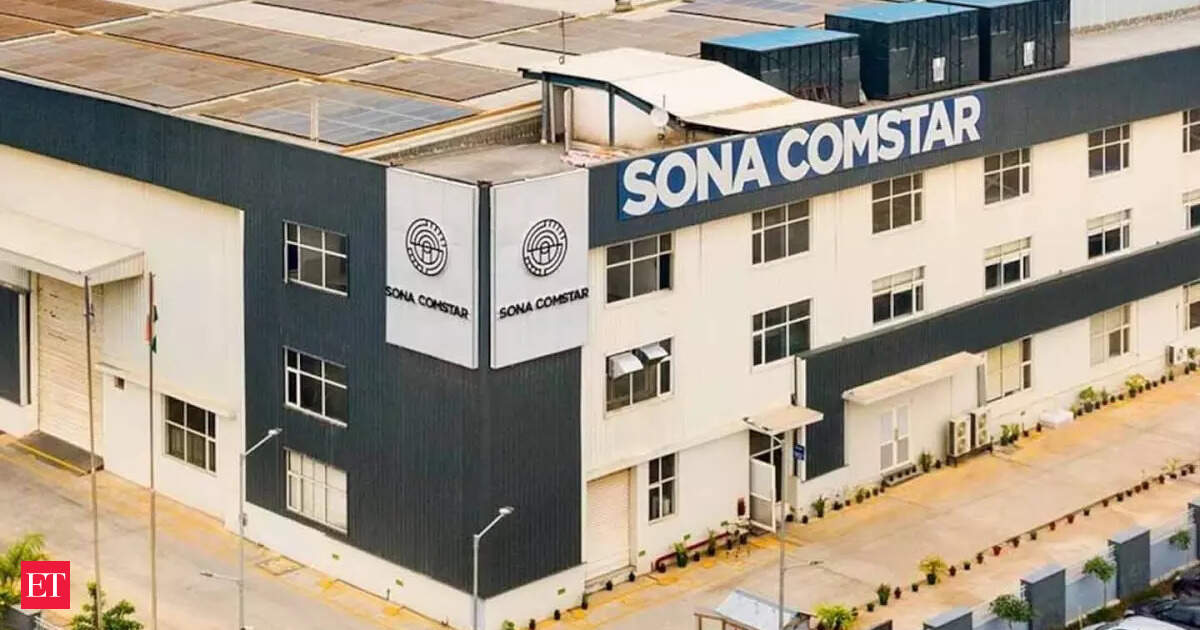Thai officials confirmed nine civilian deaths on their side of the border, with casualties mounting after Cambodian rocket fire struck a petrol station in Thailand’s Sisaket province. In retaliation, the Thai air force launched F-16 strikes targeting Cambodian artillery positions, as fighting continued in at least six hotspots along the 800-km-long border.
From cold diplomacy to hot war
Tensions had been building steadily since May, when Thai and Cambodian troops exchanged fire in a disputed zone — a brief skirmish that killed a Cambodian soldier. Despite pledges from both governments to dial things down, distrust lingered.
Last week, a landmine blast injured Thai soldiers, triggering another diplomatic downturn. Hours before Thursday’s deadly exchange, the two sides formally downgraded relations. Thailand sealed its border crossings, while Cambodia banned Thai imports — including media, produce, and even internet infrastructure.
The rhetoric grew harsher, and with it, the risk of war. By Thursday, diplomacy had given way to detonation.
Colonial cartography
The roots of the dispute date back more than a century, to a 1907 French colonial map that Cambodia uses to justify its claims over disputed areas. Thailand contests the map’s legitimacy, arguing it unfairly skews the border. The Preah Vihear temple, perched on a cliff near the border, has long been the epicentre of friction. In 1962, the International Court of Justice (ICJ) awarded the temple site to Cambodia — a decision Thailand grudgingly accepted. But renewed fighting in 2011 sent the matter back to the ICJ, which again upheld Cambodia’s claim in 2013. Now, Phnom Penh has approached the court once more. Bangkok, for its part, refuses to recognise the ICJ’s jurisdiction this time.
The battleground today extends beyond Preah Vihear to the so-called Emerald Triangle — a border junction shared by Cambodia, Thailand, and Laos. This region, rich in temples and history, is once again a theatre of territorial contest and nationalist emotion.
A Prime Minister in trouble
Back in Thailand, the fallout is shaking up the political establishment.
Prime Minister Paetongtarn Shinawatra was suspended earlier this month after a leaked call with a Cambodian official revealed her referring to ex-PM Hun Sen as “uncle” and criticising Thai military leadership. The remarks enraged conservatives and were perceived as undermining national dignity.
The Bhumjaithai Party, a key coalition ally, withdrew support from her government, citing weak leadership in the face of foreign aggression. Amid growing protests and calls for her resignation, Paetongtarn apologised, saying the call was part of a negotiation tactic.
With her sidelined, former defence minister Phumtham Wechayachai has taken over as acting prime minister — but political uncertainty clouds Thailand’s response to the crisis.
ASEAN’s unity put to the test
The renewed conflict comes just weeks after ASEAN foreign ministers — including top envoys from the US and China — met in Malaysia. Now, the group faces a direct challenge to its relevance.
“Peace is the only option,” Malaysian Prime Minister Anwar Ibrahim said, confirming outreach to leaders in both Phnom Penh and Bangkok.
Both Thailand and Cambodia are members of ASEAN, as well as part of the Colombo Security Conclave — a platform meant to promote regional security.
But peace seems elusive for now.




